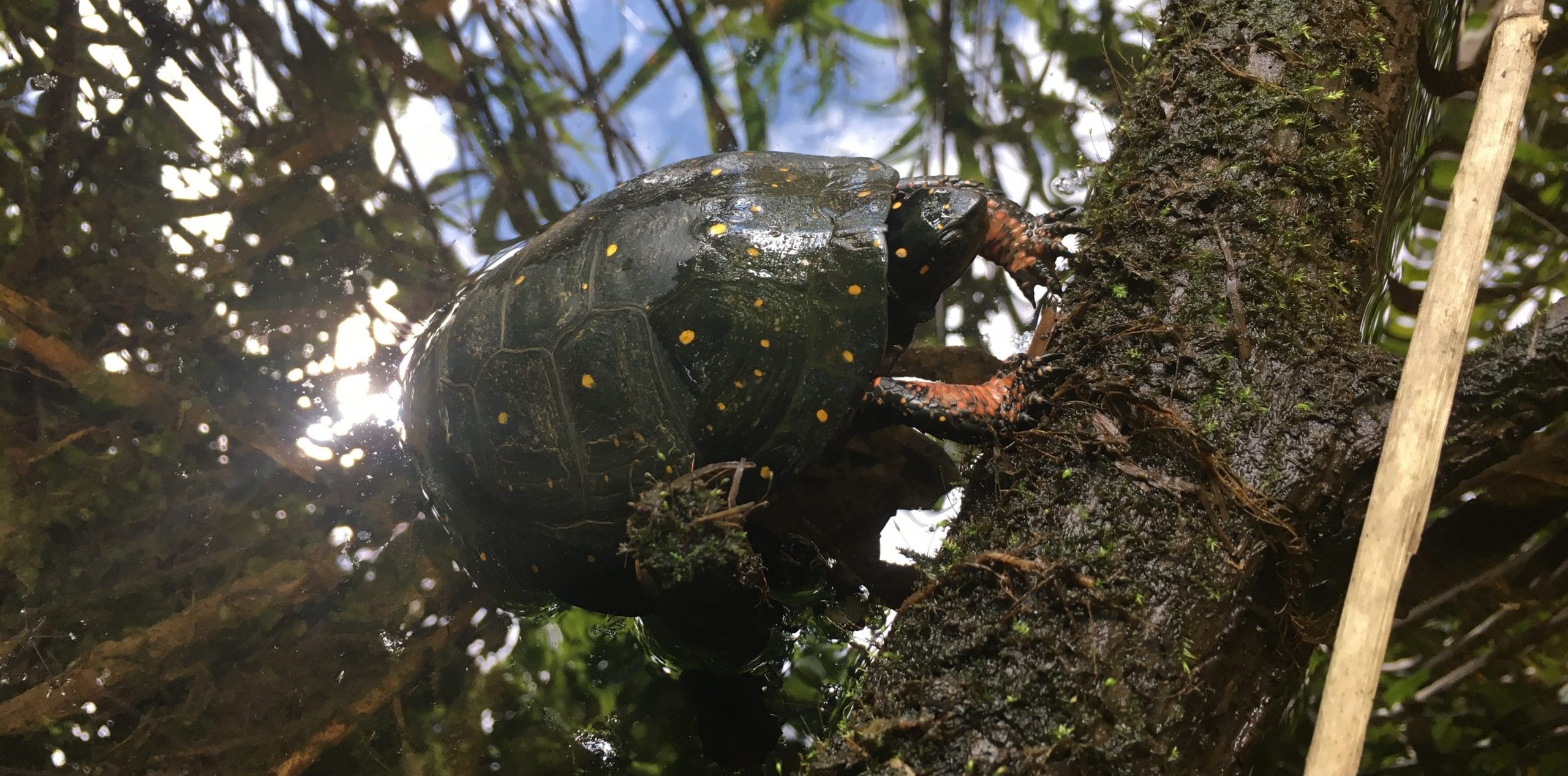
The Big Picture.
Turtles may be slow animals, but there is certainly no doubt that they’re in it for the long haul. Having survived on this earth for three hundred million years, they’ve been driven to the brink of extinction in less than a century by a species that, on the timeline of history, barely registers: us.
Modern humans have been around for about half of one percent of the time turtles have. As Michael Crichton put it in Jurassic Park, “We’ve been residents here for the blink of an eye. If we’re gone tomorrow, the earth will not miss us.” Unfortunately, our current trajectory has the earth going first, starting with the nearly nine million species on the endangered list. The most threatened taxonomic group among them? Turtles.
We work with these animals because we care about them. But beyond that, we appreciate their value as important pieces of the natural history jigsaw puzzle. Turtles are both magnificent examples of primitive perfection and miracles of evolution. Not only would their extinction leave a massive void in every web of life we know of, it would make our world a much sadder place.
As rehabilitators working with listed species, we are obligated to take a serious interest in the conservation of those species; it’s tough to imagine what the point of saving individual animals would be if the future of their populations were doomed. With three of Maine’s turtle species listed as Species of Special Concern, Threatened or Endangered—and the remaining four quite possibly in decline—rehabilitation takes on a heightened level of not just significance, but also responsibility. Observing stricter than normal quarantine and sterilization protocols, participating on regional conservation boards and committees, developing deep understanding of each species’ natural history, partnering with the state DEEP to make sure diseased animals are tested and critical hatchlings are properly placed and, of course, educating the public about turtles at every opportunity are among the many ways we actively demonstrate our commitment to making sure these animals stick around for the long haul. Instead of saving each life, we must contribute to saving populations.
Our ability and willingness as humans to save an animal that has endured everything the planet has thrown at it for hundreds of millions of years certainly seems like an apt litmus test for our prospects for saving the earth as a whole. If you’d like to contribute to that effort, please support the work that The Turtle’s Back and the many great organizations listed here are doing. Thanks for joining us in making sure turtles are still in it for the long haul!
Turtle Conservation Organizations
Northeast Partnership for Amphibian and Reptile Conservation (NEPARC)
The Turtle Survival Alliance
The Turtle Room
The Turtle Conservancy
The Center for Biological Diversity
The Wildlife Conservation Society


